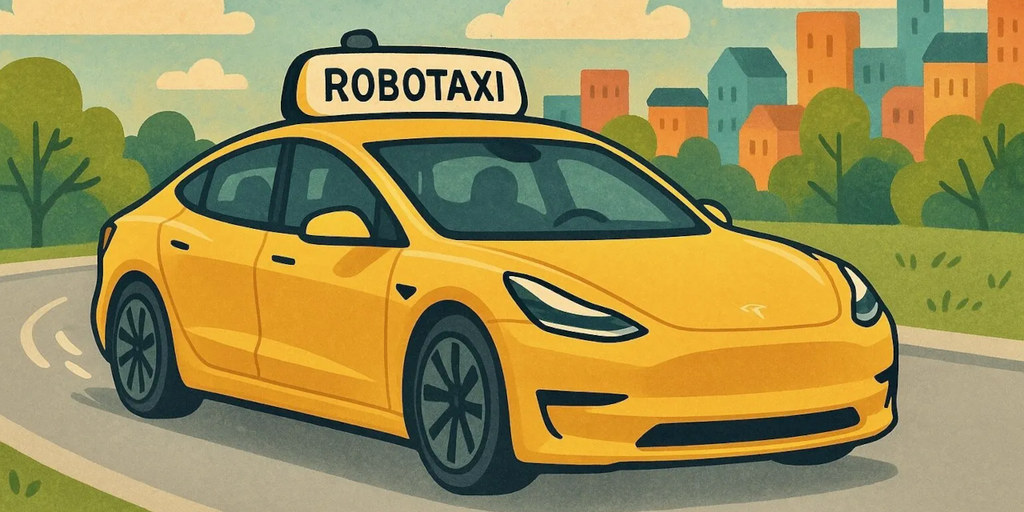In brief
- Tesla plans to launch its first robotaxi service in Austin by June, starting with 10–20 supervised Model Y vehicles.
- A new autonomous vehicle called the “Cybercab” is in development, designed without steering wheels or pedals, with production slated for 2026 with a $30,000 price tag.
- Regulatory approval remains a major hurdle, especially in California.
Tesla is set to debut its first commercial robotaxi service in Austin, Texas by June, CEO Elon Musk claimed during the company’s April 22 earnings call.
The initial rollout will feature 10 to 20 Model Y vehicles equipped with Tesla’s “Full Self-Driving” software, which thus far operates under human supervision. Musk emphasized plans for rapid expansion to other U.S. markets later in the year.
In parallel, Tesla is developing the “Cybercab,” a purpose-built autonomous vehicle lacking a steering wheel or pedals. Production of the Cybercab is anticipated to begin in 2026 at Tesla’s Gigafactory in Texas. The vehicle is expected to be priced under $30,000 and will utilize Tesla’s “unboxed” manufacturing process, aiming to produce one unit every five seconds.
Tesla has initiated internal testing of its FSD Supervised ride-hailing service with employees in Austin and the San Francisco Bay Area, completing over 1,500 trips and 15,000 miles.
Regulatory approval remains a significant challenge. In California, Tesla has secured a transportation charter-party carrier permit, allowing it to operate a fleet for pre-arranged employee transport. However, to offer autonomous ride-hailing services to the public, Tesla must obtain additional permits from the California Department of Motor Vehicles and the California Public Utilities Commission.
Tesla’s approach to autonomy, relying solely on camera-based systems without lidar or radar, has drawn skepticism. Competitors like Waymo have already deployed sensor-rich, fully driverless taxi services in several cities, including Austin.
Despite previous delays in achieving full autonomy, Musk remains optimistic, projecting that millions of Teslas will be operating autonomously by the latter half of 2026.
As Tesla advances its robotaxi ambitions, the company faces the dual challenges of technological validation and navigating complex regulatory landscapes to realize its vision of autonomous urban mobility.
Editor’s note: This article was written with the assistance of AI. Edited and fact-checked by Andrew Hayward.
Generally Intelligent Newsletter
A weekly AI journey narrated by Gen, a generative AI model.



